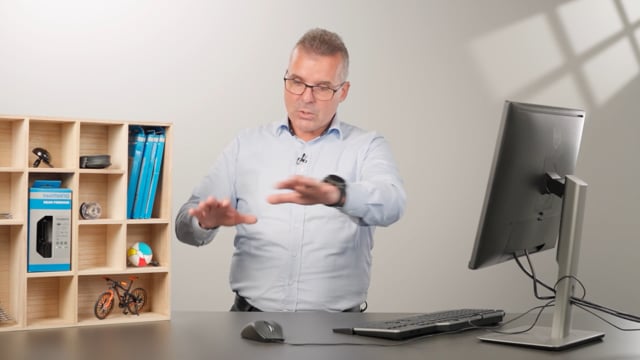
So if I’m a larger company, maybe I have different hubs, maybe different sales companies, sales hubs, and you can see in this picture here, I might have a main office somewhere, a production site or two different production sites, 3PL inventories and sales hub and shops and so on.
I’m transporting items around the country, around more countries maybe.
So when I do my planning, I want to plan for transfer orders back in the supply chain.
So let’s see an example where I’m planning for transfer orders back in the supply chain and I want to fill up a truck coming in and I want to utilize the weight and volume on that truck.
So I make sure to get the full utilization of the truck that I’m going to fill up.
Let’s go into Business Central to do a calculation of transfer orders first.
In my simple MRP, I will find a template for transfer orders and I will try in this example, I would use transfer orders to zero and it’s set up to trigger on zero inventory because I need to find out the locations where I’m actually going below zero with the existing orders.
I’m not having production items and that’s actually a filter for items that are not on my location code production.
So I’m only planning on stock keeping units on all the different location and only with transfer orders, only with the replenishment reordering policy, so replenishment system transfer orders on the stock keeping units.
So I’m managing all my different locations with stock keeping units using this one and with zero.
So the location filter is not production, my main location, and then all the stock keeping units.
So what it’s giving me now is a list of the item that has demands that is not fulfilled on the end inventory that I can see here.
And if we focus on just one of the locations to begin with, to create a transformer, let’s take the location external.
That’s one of my distribution location in the middle of Europe that I want to fill up.
So I’m going to have a truck driving down there.
And I’m going to fill in a lamp and a city bike in the truck.
So first of all, I’m calling for this truck here because I want to fill it up.
And I know that I’m going to produce or at least pick from my inventory some city bikes here.
And what else do we have? A lamp that we’re going to fill up in the truck and the issue is that if it suggests 140 bikes and 68 lamps it has some weights and volumes that might not fill up this truck so to begin with in this journal here i will suggest quantity to order like this i will set action message on those two lines for my transfer from location production and I’m transferring to external carry out actions and I can see those two lines in my planning worksheet, reverse planning worksheet now.
Next thing I want to do is to use my direct replenishment.
So I’m entering my direct replenishment journal and here I want to calculate direct replenishment and I want to calculate to max, maximum quantity, maybe to reorder quantity or even to maximum if I’m going to fill up the external location.
So for instance, if it’s a shop and I’m actually trying to fill up all the shelf in there, I could plan up to maximum.
But in this case, I’m trying just to utilize the weight and volume in this truck.
So I’m just looking at reorder point to figure out what to look for in here.
Calculating to reorder point in my location external like this.
And it says only use transfer order so I’m only calculating on stock keeping units on location code external so this is all the items that I have on stock keeping units on location external and I can suggest quantity to order here I can look at the lines now it has nothing to suggest here because they’re all good yeah we have something down here and I can look at the items compare it to what I have on my production inventory that I have enough of that I want to not get rid of, but that is the best for me to lay off.
Maybe I can lower some of the quantities here.
And the point being that, let’s say, we just want to move some of this stuff, carry out action on those four lines I just made here.
It will leave the other lines in here.
And now I can see in my reverse planning worksheet that I’m building up for this truck here, the lines that we just selected now.
And if I scroll right, I can see the total volume and total weight, which is in this demo data has no values in it because we didn’t set it up on the item card.
But if you set volume and weights up on the items, on the stock keeping units, you could see here the totals and you can export it to Excel to see how much does it weight, how much does it fill.
And then if you have more weights available or more volume available, you can just add several lines in here and continue this way, figuring out how should we fill up this truck, carrying out action, changing the quantities in here.
If you had too much, maybe you can just change it in here and it will update the weights and volume.
So in this way, you can utilize the full potential of the trucks you are driving, but of course it takes some manual handling to fill up a truck in this way.

